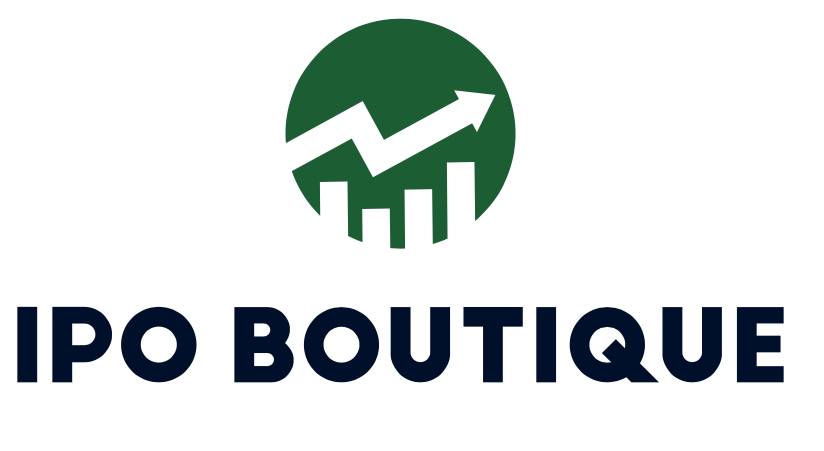SUBSCRIBE TO IPOBoutique’s Free Weekly Newsletter
Market sentiment and political rhetoric surrounding the healthcare sector of the market is beyond bad. Democrats, Republicans, rich and poor have collectively made drug companies their own personal punching bags.
Donald Trump about drug companies said, and this is a direct quote, “(They) are getting away with murder.”
These comments, and the Trump idea to have drug companies negotiate directly with the government, led directly to a $25bn haircut in market cap in the healthcare industry within 20 minutes of the words coming out of the now President’s mouth.
So, raise your hand if you were surprised to see four healthcare companies file with terms this past Tuesday? It certainly was a talking point to us and many of our sources earlier this week.
AnaptysBio (Nasdaq: ANAB), Jounce Therapeutics (Nasdaq: JNCE), ObsEva SA (Nasdaq: OBSV) and Visterra Inc (Nasdaq: VIST) will be looking to collectively raise $283.8m (if priced at the mid-point of their ranges, respectively) and all are scheduled to debut this week. Beyond these four, the pipeline is not lacking healthcare stocks. It follows a heavy biotech trend in recent years. In 2014, 15 & 16….healthcare related companies were the top sector in terms of quantity of IPOs coming to market. In 2016, 38% of all IPOs were those coming from the healthcare sector.
These biotech companies, and their respective drugs, are in various stages of clinical trials (if they are even that far), are nearly all unprofitable and in need of cash, and many have exhausted just about all resources in the private market.
So why now and why will each of these (or some of these) have success?
First off, they all won’t — but here’s our reasoning for why some will.
In our opinion, the negative political sentiment surrounding the healthcare sector somewhat falls on deaf ears when it comes to biotech companies going public. In theory, if the drug is approved it could either be acquired or collaborate with a larger company and as that process continues, so does the stock price higher.
Secondly, the way the underwriters put together these IPOs in terms of the float (or lack of one) in combination of insider buying draws interest from investors. Let’s look at a deal that debuted in September of 2016 — Novan Inc (Nasdaq: NOVN). This IPO priced 4.1 million shares at the low-end of the range, $11.00, raising $45.1m for the company. Insider buying in this deal was $25 million accounting for more than 55% of the float. Within the first 90 days as a publicly traded company, ‘NOVN’ traded as high as $30.90 or 180% above the offering price.
Investors who see insider buying and blindly ‘buy’ those IPOs –beware, you can be burned. Kadmon Holdings (Nasdaq: KDMN) priced 6.25m shares at $12.00, raising $75m for the company, and had insider buying of up to $40m which would account for 53.3% of the offering. ‘KDMN’ opened 3.8% below its offering price and is now trading below $5.00.
So which biotech IPOs should people buy?
Here’s a quote from Reuters who spoke with an anonymous capital markets banker.
“I would not say the market is saturated,” said one of the bankers. “But investors may have to do triage: figure out what they’re going to spend money on and what they’re not going to fund.”
Translation: Investors are going to be selective and not every deal will work.
If you are an investor who has the capital to indicate for Pre-IPO stock, make sure you indicate for ones in demand; ones that have strong guidance, ones that will put you in a good position to sell in the aftermarket.
Beyond the comprehensive research, IPO Boutique provides daily advisories on how the deal is building, when the books will close and what is the latest price guidance to make sure you INDICATE WITH CONFIDENCE.
Why make it a guessing game? Especially in the highly-volatile healthcare sector. You want to be in a deal where there is demand and strong hands to keep the deal intact in its critical first few days.

